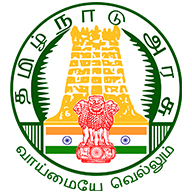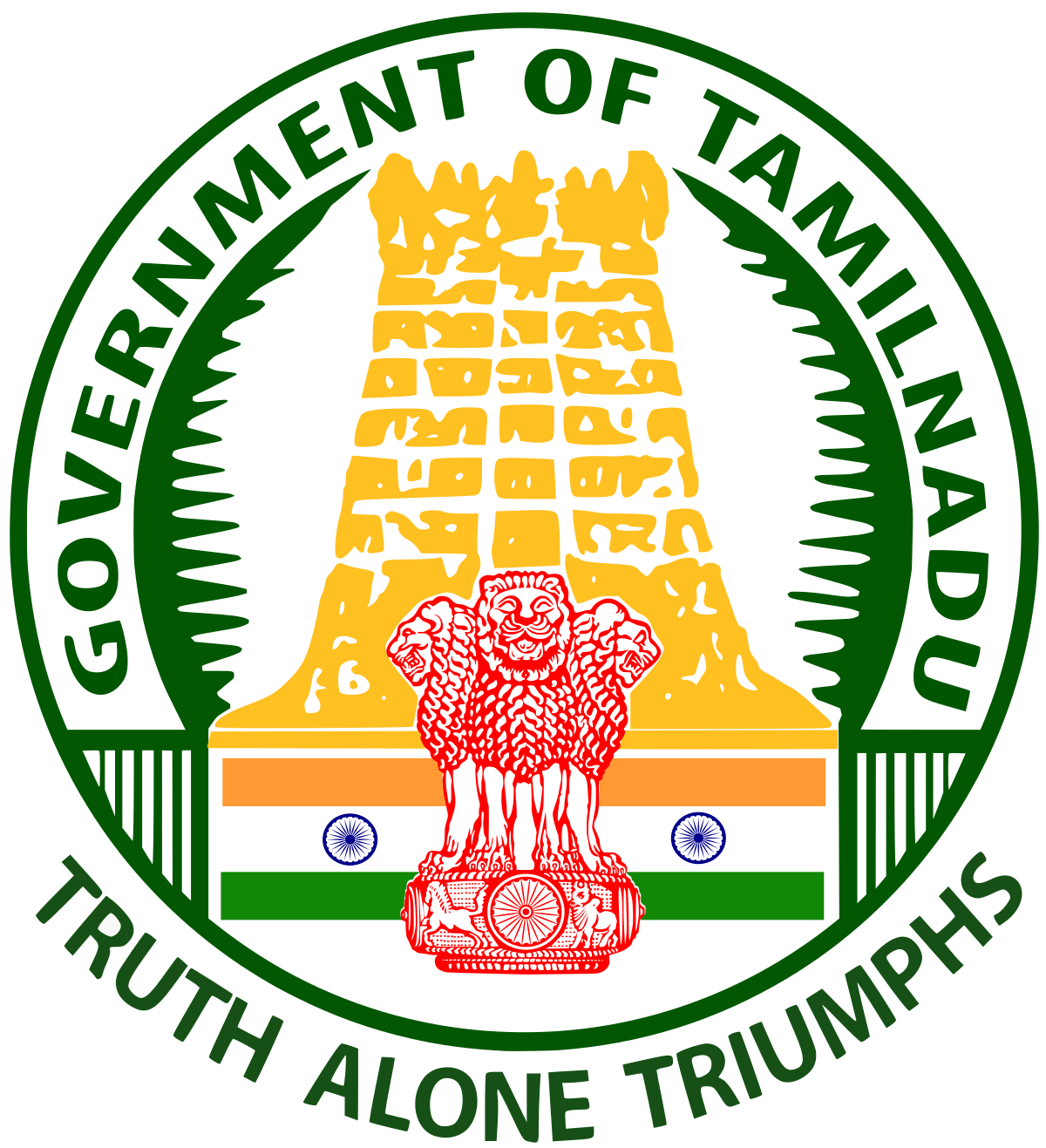Genesis and Formation
1970
During 1970s, Soil Conservation Scheme was implemented on 1000 Acre Watershed basis. Western Ghats Development Programme was launched on pilot basis during 1972 with the implementation of soil conservation measures in hilly regions with contour stone walls. Besides, the innovative programme called Wind Swept Programme was implemented in Thiruchendur and Bodinayakanur taluks to restore the lands degraded by heavy windfall. A stage came, beyond which more sophisticated planning and special efforts were called for to sustain the agricultural production. It was then felt that providing necessary momentum to the Agricultural Engineering activities should help to increase the agricultural production. Hence, the Agricultural Engineering Wing in the Department of Agriculture was separated and the new “Agricultural Engineering Department” was formed as a separate Department in January 1981 as per G.O.Ms.No.118 (AE.III) Agriculture dated 21.1.81. It was then declared as a Non-Commercial Department vide G.O.Ms.No.2174 Agri. (AE.I) department dated 24.9.81 and letter No.103409/AE-I/81-1 dated 16.11.1981.
1980
During 1980s, the centrally sponsored programmes like Command Area Development Programme (in major river commands like Vaigai (WRCP-I), Cauvery, LBP,PAP, and SRP), River Valley Project (RVP), Hill Area Development Programme (HADP), Drought Prone Area Programme (DPAP),Western Ghats Development Programme (WGDP), and Micro Irrigation Scheme were launched and the Agricultural Engineering Department had various disciplines of activities from Farm Machinery and Soil Conservation to Watershed Management, Water Management and mobilization of farmers towards community participation in the programmes implemented.
1990
During 1990s, the soil and water conservation works were taken up by Agricultural Engineering Department on watershed approach with the delineation of major, sub, minor and micro watersheds with the implementation of WGDP, DPAP, IWDP and NWDPRA. The rural development and employment generation works were carried out through JVVT and EAS schemes with implementation of rain water harvesting structures, renovation of irrigation structures and temple tank renovation. The External Aided Programmes through DANIDA, the Comprehensive watershed development programmes were implemented in Virudhunagar, Tirunelveli and Thoothukudi Districts with formation of shelter belts to control soil erosion from windfall.
2000
During 2000, the new schemes like Distribution of farm machinery to farmers under subsidy (Macro Management Mode), Reclamation of alkali and saline soils, Replacement of old and inefficient pump sets, Artificial recharge structures funded by CGWB, Soil conservation works under Rain Water harvesting and run off management programme, NABARD-RIDF Assisted watershed development works, Artificial recharge of ground water schemes were launched and they were implemented effectively and more benefits were reaped by farming community through increased farm productivity. During 2005, TN IAMWARM Project was launched in Tamil Nadu with convergence of the activities of eight departments with emphasis on “More Income per drop of water” and Agricultural Engineering Department playing a major role in implementation of Micro Irrigation, construction of farm ponds with fish culture, rain water harvesting structures, distribution of farm machinery to WUAs and IEC activities in selected sub-basin regions. During 2007, National Agriculture Development Programme (NADP) was launched with the assistance of GOI and the activities like distribution of farm machinery with subsidy, training and demonstration on farm machinery and implements, training to rural youth on operation and maintenance of farm machinery, distribution of farm machinery to farmers’ group are now being implemented under. NADP.
2010
Since 2010, Agricultural Engineering Department is systematically implementing the following schemes to reach such efforts to the farmers without any hindrance.
1) Hiring of Agricultural Engineering Department owned machinery
2) Agricultural Mechanization
3) Value addition of agricultural produce
4) Agriculture through Solar Energy
5) Soil and Water Conservation
6) Water Management
7) Strengthening of Infrastructure



